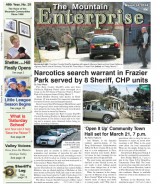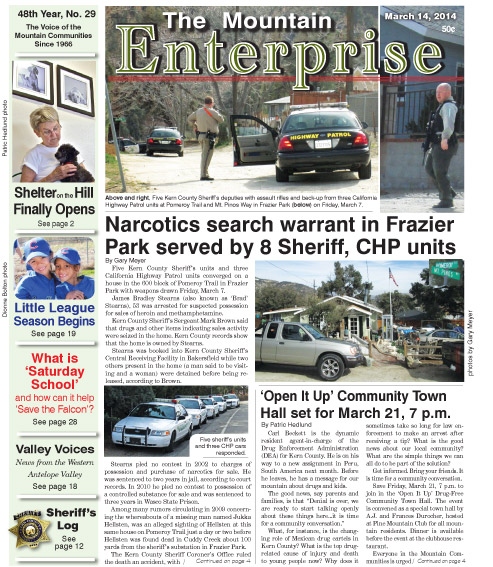By Patric Hedlund
Have you filled out and turned in the confidential free-and-reduced-cost lunch form for your child’s school? It isn’t too late, and it matters to your school.
Whether your child plans to eat the cafeteria lunch or not, it may surprise you to know that simply making out that form may make it possible for your school to get additional teachers, grants for after-school programs, better access to broadband internet and new computers and software.
During the Christmas season in 2006 the El Tejon Unified School District lost a $47,000 grant for after-school programs because not enough parents had turned in the forms.
Personal information from the reduced-cost lunch forms is kept confidential, but when the data is disconnected from the names it can help draw a “big picture” overview of the level of financial need in the district. That ‘big picture’ is used as a key to unlock grants, federal vouchers for telecommunications services, access to a share of funds from Microsoft Corporation and extra income from California’s school funding.
In 2013, because 68% of the students in the district qualified for free and reduced lunches (or were English Language Learners), the district was granted an additional $1 million for its budget under Governor Jerry Brown’s local control funding formula.
That was unexpected good fortune. The district would like to receive such good news again this year.
New Superintendent Rodney Wallace said in a special meeting of the board on March 10 that parents should make out the cafeteria form and be sure it gets turned in to the school (in a sealed envelope to protect your privacy, if you wish).
If at least 40 percent of the students in this district are eligible to receive free or reduced-price meals through the National School Lunch Program, the district becomes eligible for technology vouchers.
The program for K-12 schools was established as part of a settlement in a class action lawsuit by consumers and businesses against the Microsoft Corporation.
Similarly, the taxes we all pay on certain types of phone service are funneled back to communities, schools and libraries as part of the E-Rate and Universal Service plans of the Federal Communications Commission. Your form can help the district qualify for funds to bring high speed internet service to schools.
This is part of the March 14, 2014 online edition of The Mountain Enterprise.
Have an opinion on this matter? We'd like to hear from you.


